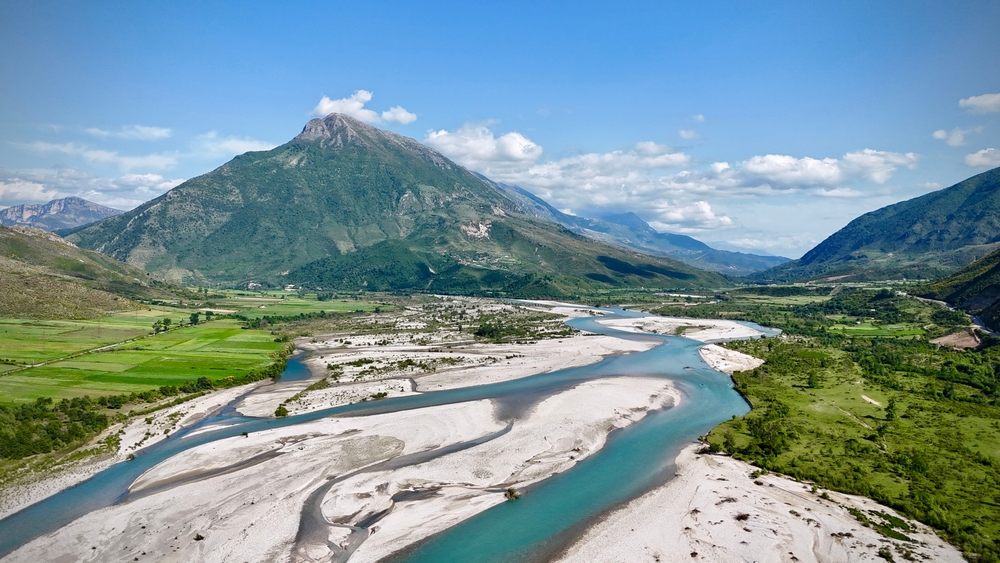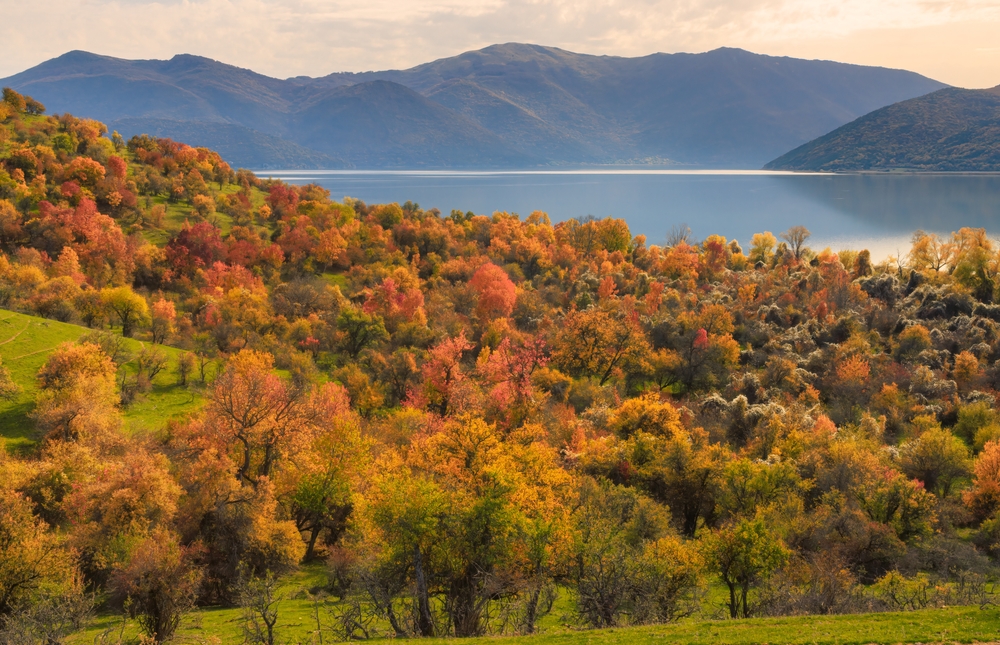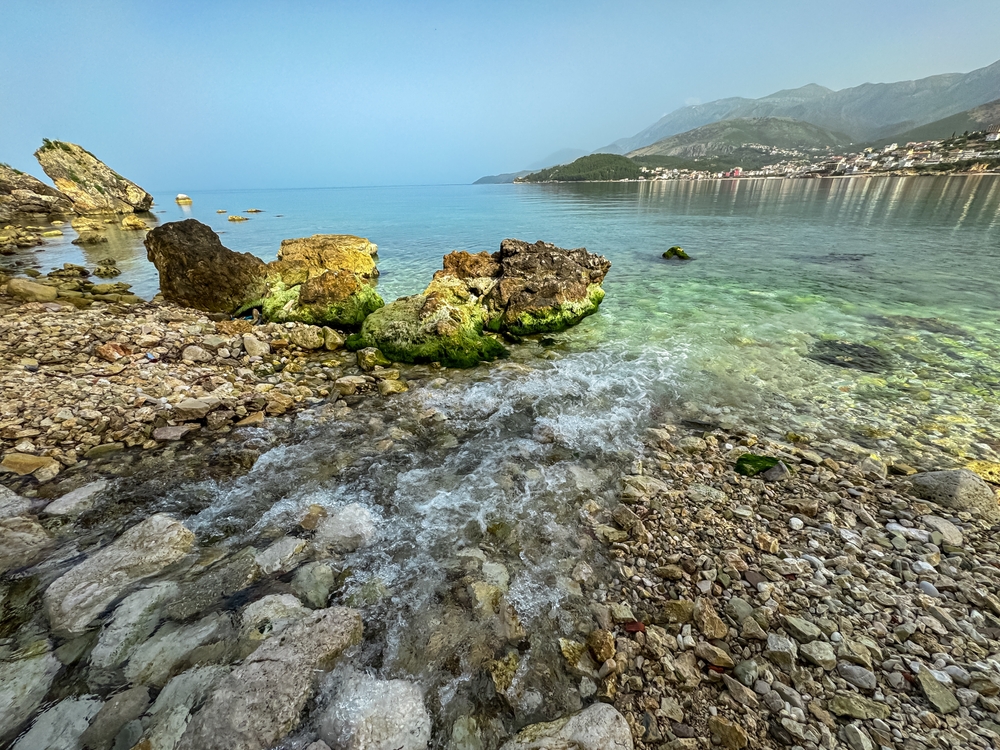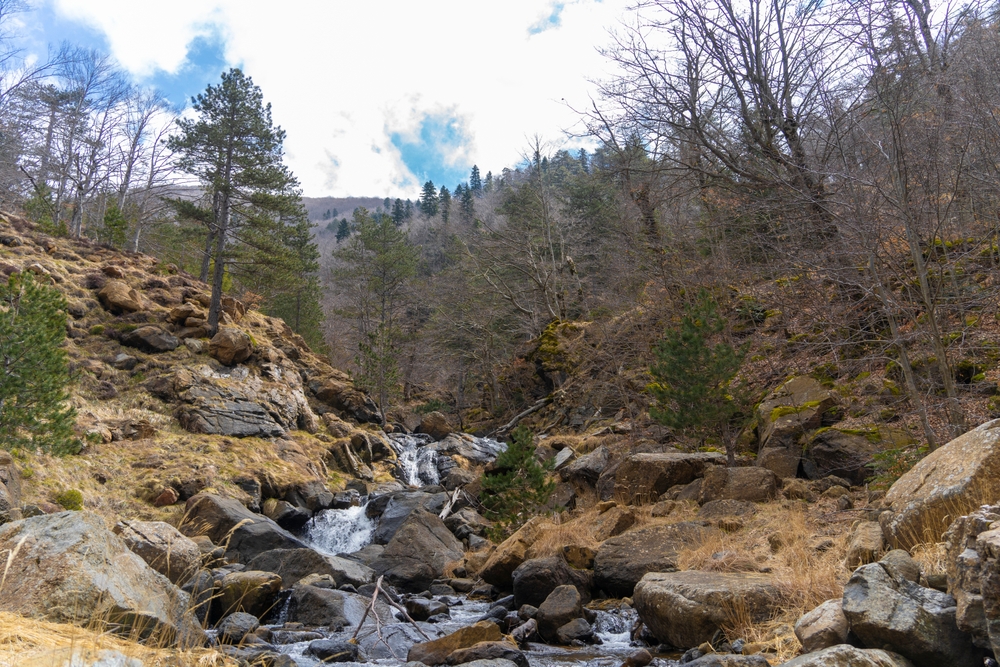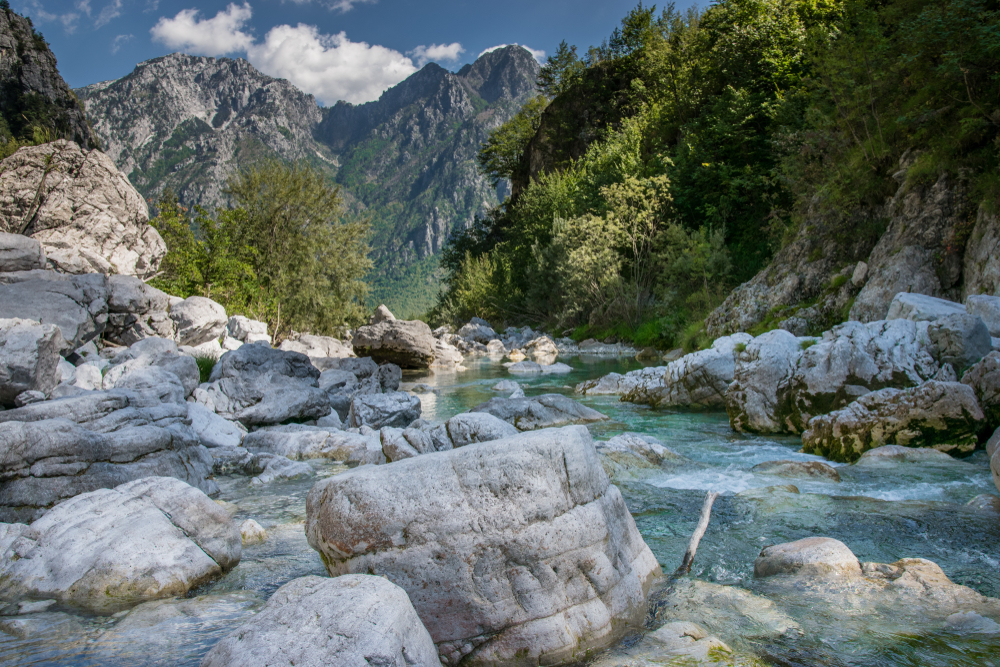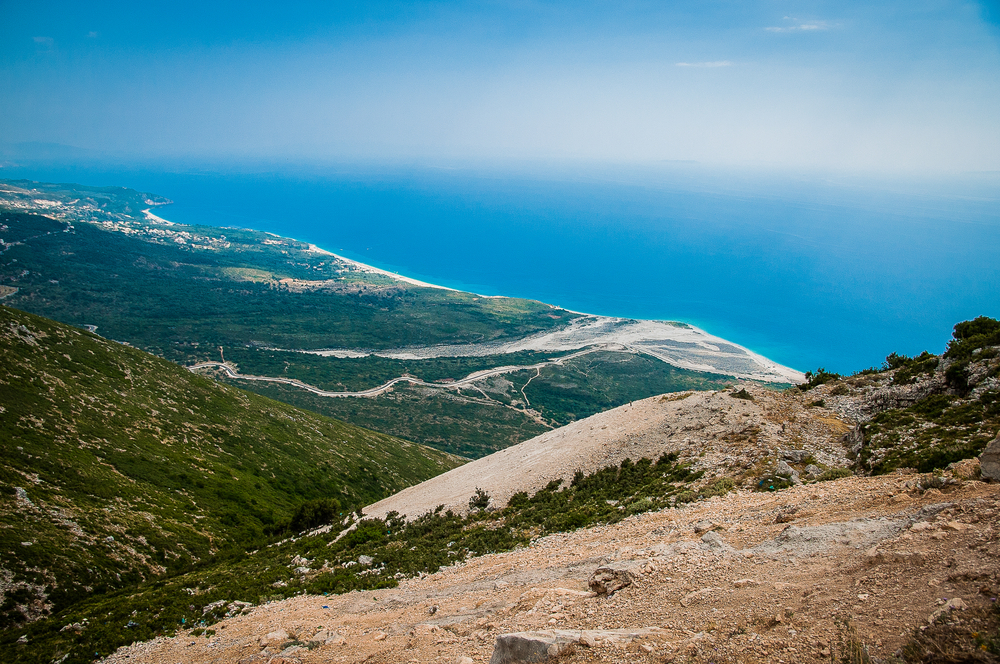Vjosa Wild River Overview
Vjosa Wild River National Park, or Parku Kombëtar i Lumit të Egër Vjosë in Albanian, is one of Europe’s newest national parks and a landmark of conservation success. Officially designated in 2023, it is located in southern Albania and spans approximately 167 square miles (432 square kilometers), protecting the entirety of the Vjosa River, one of the last free-flowing rivers in Europe.
This pristine river flows for about 170 miles (270 kilometers), beginning in the Pindus Mountains of Greece and winding its way through Albania before emptying into the Adriatic Sea. The park’s location encompasses diverse landscapes, including riverbanks, forests, and meadows, providing an awe-inspiring environment for both nature enthusiasts and conservation advocates.
The terrain of Vjosa Wild River National Park is defined by its crystal-clear waters, gravel bars, oxbows, and braided river channels. The river is flanked by rugged hills and limestone mountains, with notable features such as the Trebeshina-Dhëmbel-Nemërçka mountain range creating a dramatic backdrop.
Dense riparian forests and Mediterranean vegetation thrive along the riverbanks, including willows, poplars, and oleanders, while alpine meadows dominate the higher elevations. The park’s landscapes remain largely untouched, offering a glimpse into what many of Europe’s river systems once looked like before widespread damming and industrialization.
Vjosa Wild River National Park is a biodiversity hotspot, home to a wide array of species that depend on its unaltered ecosystems. The park supports over 1,100 plant and animal species, including several endemic and endangered species. Among the mammals, visitors might spot otters, European jackals, or Balkan lynxes, a critically endangered subspecies.
Birdwatchers can marvel at species like the Dalmatian pelican, golden eagle, or black stork, all of which thrive in the park’s undisturbed habitats. Fish species, such as the European eel and Vjosa shad, are particularly abundant in the river, benefiting from the free-flowing waters that provide critical spawning grounds.
One of the most popular features of the park is the Vjosa River itself, celebrated for its untamed beauty and importance as a natural heritage site. Visitors can enjoy kayaking or rafting on its gentle and sometimes thrilling rapids, offering a unique perspective on its unspoiled grandeur.
The surrounding hills and trails provide excellent opportunities for hiking and birdwatching, while photographers are drawn to the area’s striking scenery and vibrant biodiversity.
The establishment of Vjosa Wild River National Park represents a monumental conservation achievement. For decades, the Vjosa River was threatened by plans to construct hydropower dams, which would have irreversibly altered its ecosystems. Through the collaborative efforts of local communities, environmental organizations, and the Albanian government, the river has been safeguarded as a natural treasure.
However, challenges remain, including the need for ongoing funding and monitoring to ensure its protection from illegal activities such as poaching and pollution. The park stands as a symbol of sustainable development, balancing ecological preservation with the promotion of eco-tourism and community well-being.








































































